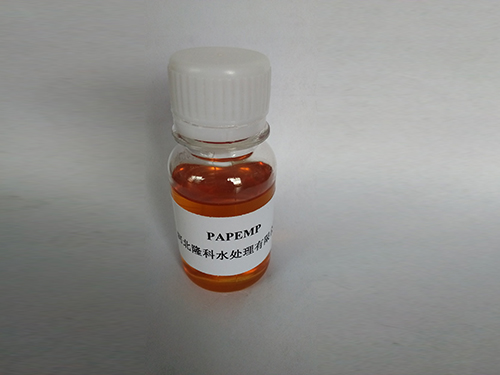Exploring the Properties and Applications of Polycarboxylic Acid Compounds in Modern Chemistry
Polycarboxylic acids are a fascinating class of organic compounds characterized by the presence of multiple carboxyl functional groups (-COOH) within their molecular structure. These compounds play significant roles in various fields, from industrial chemistry to biological systems. Their versatility and unique properties make them essential in both synthetic and natural processes.
One of the most well-known polycarboxylic acids is citric acid, which contains three carboxyl groups. Citric acid is a natural preservative and is commonly used to enhance the flavor of foods and beverages. It is a key component of the citric acid cycle (Krebs cycle), which is crucial for cellular respiration in living organisms. Here, citric acid acts as an intermediate that helps convert carbohydrates, fats, and proteins into useful energy, highlighting the importance of polycarboxylic acids in biological systems.
In addition to their biological significance, polycarboxylic acids are also important in industrial applications. They are used in the production of various polymers, resins, and surfactants. For instance, maleic acid, another polycarboxylic acid, is utilized in the production of unsaturated polyester resins, which are essential in the manufacturing of fiberglass products, coatings, and adhesives. These materials are prized for their strength and durability, making them suitable for demanding applications in the automotive and construction industries.
Furthermore, polycarboxylic acids are often employed as chelating agents due to their ability to bind metal ions. This property is particularly useful in wastewater treatment, where they help remove toxic metals from industrial effluents. By forming stable complexes with metal ions, polycarboxylic acids facilitate the detoxification of contaminated water, contributing to environmental sustainability.
polycarboxylic

Moreover, polycarboxylic acids play a crucial role in agriculture. They are used as fertilizers and soil conditioners to enhance plant growth and improve soil structure. For example, humic acids, which are derived from decomposed organic matter, contain multiple carboxyl groups and contribute to the soil's nutrient-holding capacity. This promotes healthier crops and optimizes agricultural yield, demonstrating the connectivity between polycarboxylic acids and food production.
In recent years, research into polycarboxylic acids has expanded, leading to the discovery of new compounds with unique properties. For example, polyaspartic acid, a biodegradable polycarboxylic acid, shows promise in various applications, including as a superabsorbent material for agriculture and water retention in arid regions. Its eco-friendly profile aligns perfectly with the growing demand for sustainable practices across multiple industries.
The synthesis of polycarboxylic acids can be achieved through various methods, including oxidation of hydrocarbons or fermentation of carbohydrates. The choice of synthetic route often depends on the desired application and the specific properties required of the final product. As research advances, new methods for synthesizing and modifying these compounds are continually being developed, allowing scientists to tailor their functionalities for various applications.
In conclusion, polycarboxylic acids are an essential and versatile class of compounds with a wide array of applications in biology, industry, and agriculture. Their unique properties, driven by the presence of multiple carboxyl groups, underscore their significance in both natural processes and synthetic applications. As our understanding of these compounds deepens, there is no doubt that they will continue to play a crucial role in addressing some of the contemporary challenges facing society, from environmental sustainability to advancements in materials science. The future of polycarboxylic acids appears bright, promising innovations that may benefit a multitude of sectors.
-
lk-319-special-scale-and-corrosion-inhibitor-for-steel-plants-advanced-solutions-for-industrial-water-systemsNewsAug.22,2025
-
flocculant-water-treatment-essential-chemical-solutions-for-purification-processesNewsAug.22,2025
-
isothiazolinones-versatile-microbial-control-agents-for-industrial-and-consumer-applicationsNewsAug.22,2025
-
scale-inhibitor-key-solutions-for-water-system-scale-preventionNewsAug.22,2025
-
organophosphonates-versatile-scale-inhibitors-for-industrial-water-systemsNewsAug.22,2025
-
scale-and-corrosion-inhibitor-essential-chemical-solutions-for-water-system-maintenanceNewsAug.22,2025





